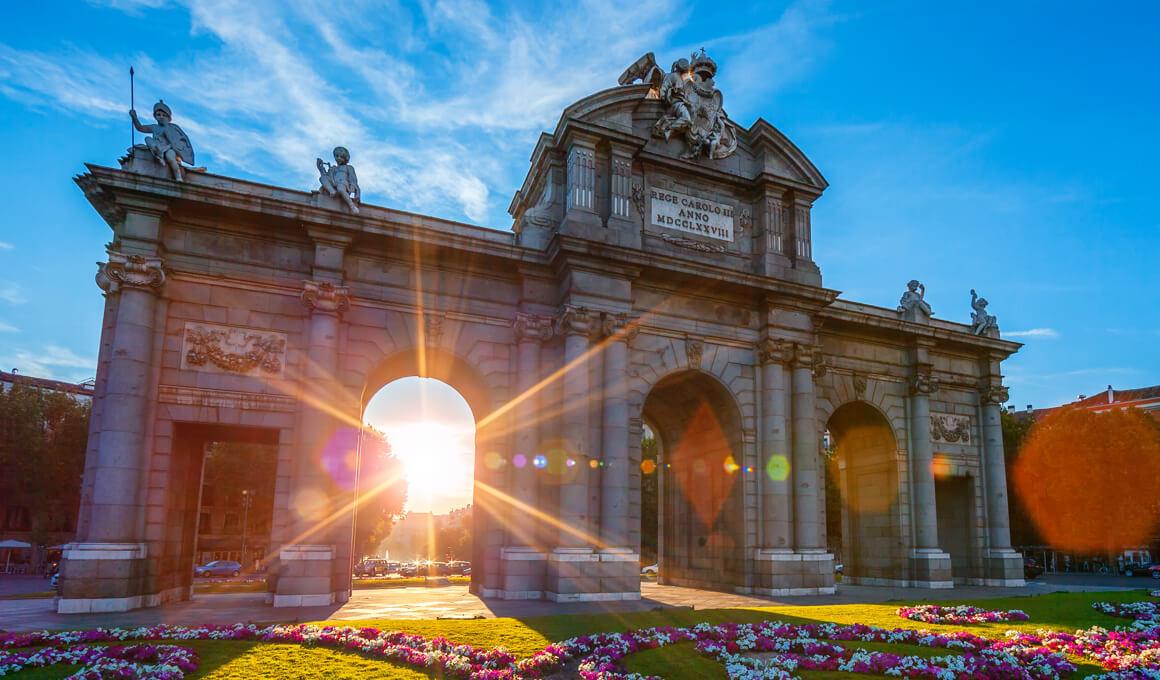Madrid is more than its famous landmarks; its history also lives in lesser-known corners. This guide offers five little-known cultural routes, perfect for those who want to discover the city from a different historical perspective—stepping away from typical tourism to uncover surprising stories and hidden places.
EL CAPRICHO
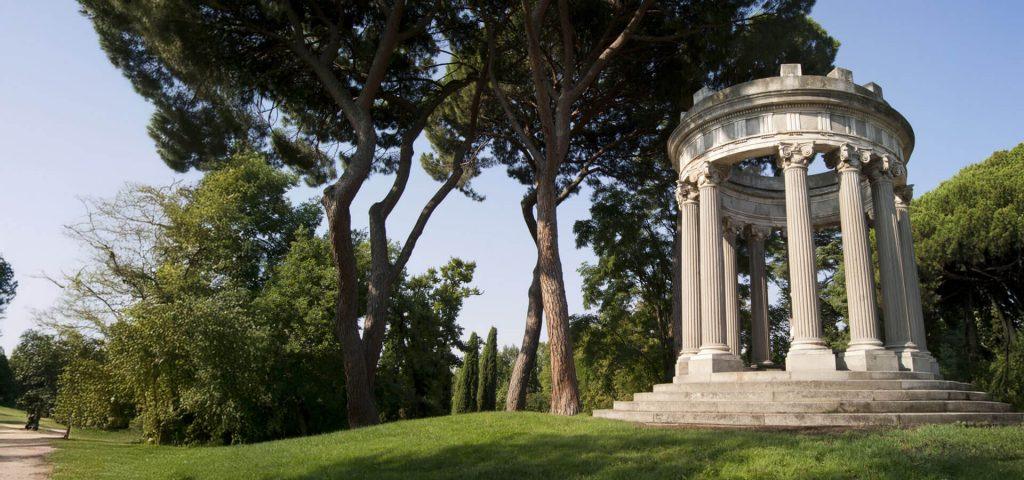
El Capricho Park, located in the Alameda de Osuna neighborhood of Madrid, is a little-known historical and artistic treasure that offers a unique experience for those interested in history and art. Created in the late 18th century by the Duchess of Osuna, this gem of landscape design blends elements of English, French, and Italian gardens, reflecting the artistic and cultural trends of Enlightenment-era Spain.
Beyond its meticulously planned layout and sculptures, the park also houses unique structures, such as a Spanish Civil War bunker, which bears witness to Madrid’s complex historical layers. Its preservation and restoration allow visitors to appreciate not only the evolution of aesthetic taste in aristocratic gardens, but also the rich interaction between art, nature, and history in a space that invites both contemplation and learning.
For art history enthusiasts, El Capricho Park stands as a living example of how green spaces can become true open-air museums.
LÁZARO GALDIANO AND CERRALBO
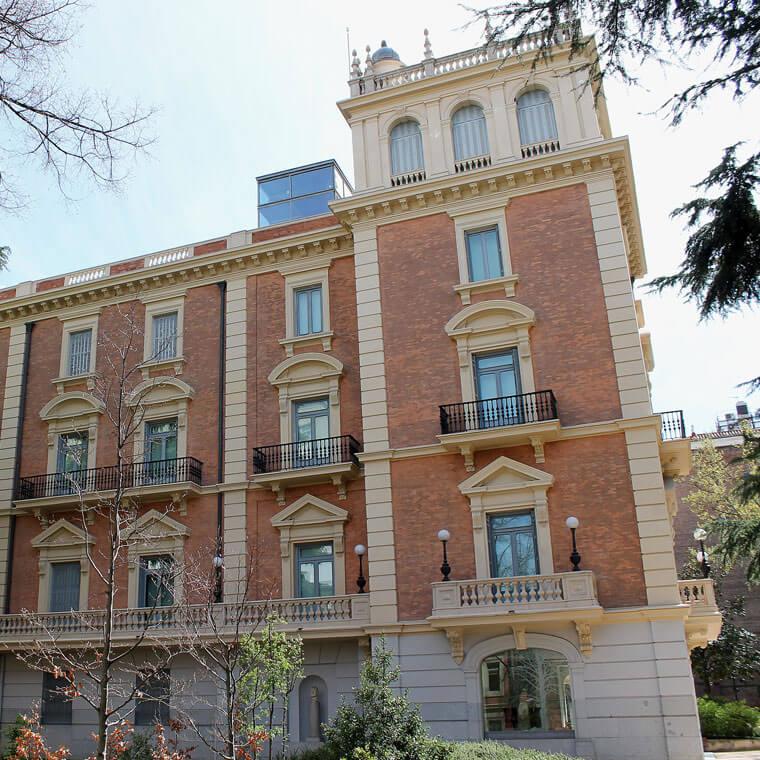
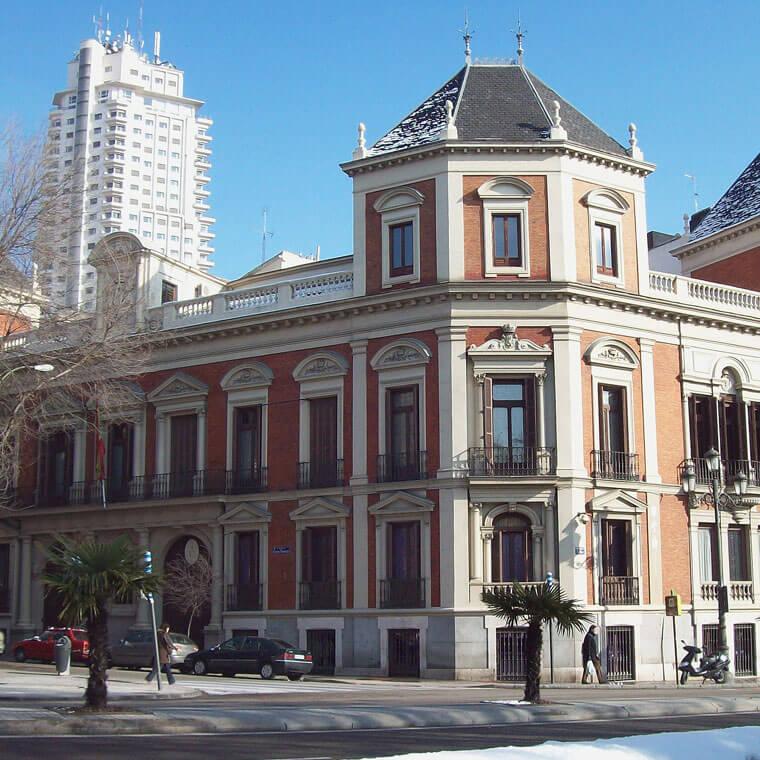
The Lázaro Galdiano and Cerralbo Palaces, located in the heart of Madrid, are museums that offer a unique glimpse into the aristocratic and artistic worlds of the 19th and 20th centuries. Their collections of art, furniture, and historical objects reflect the tastes and lives of their original owners, serving as living testaments to a period of profound social and cultural change in Spain. These palaces reveal how private collecting has left a vital public legacy that helps us understand both the history of art and Madrid’s society.
The Lázaro Galdiano Palace, once the residence of collector José Lázaro Galdiano, houses one of the most comprehensive private art collections in Spain. Its holdings include paintings, sculptures, decorative arts, and manuscripts from the Middle Ages to the 19th century, featuring masterpieces by Goya, El Greco, and Velázquez. The palace itself, an example of early 20th-century bourgeois architecture, along with its gardens, offers visitors a cultural experience that reflects the life and legacy of a key figure in Madrid’s cultural scene.
The Cerralbo Palace, former home of the Marquis of Cerralbo—an archaeologist and collector—preserves an extensive collection of historical and artistic objects, including paintings, weapons, and archaeological pieces. The museum maintains the original atmosphere of a 19th-century aristocratic residence, with authentic furnishings and decor. It reflects the Marquis’s deep interest in history and archaeology, and shows how private collecting has played a crucial role in preserving and sharing Spain’s cultural heritage.
RESIDENCIA DE ESTUDIANTES
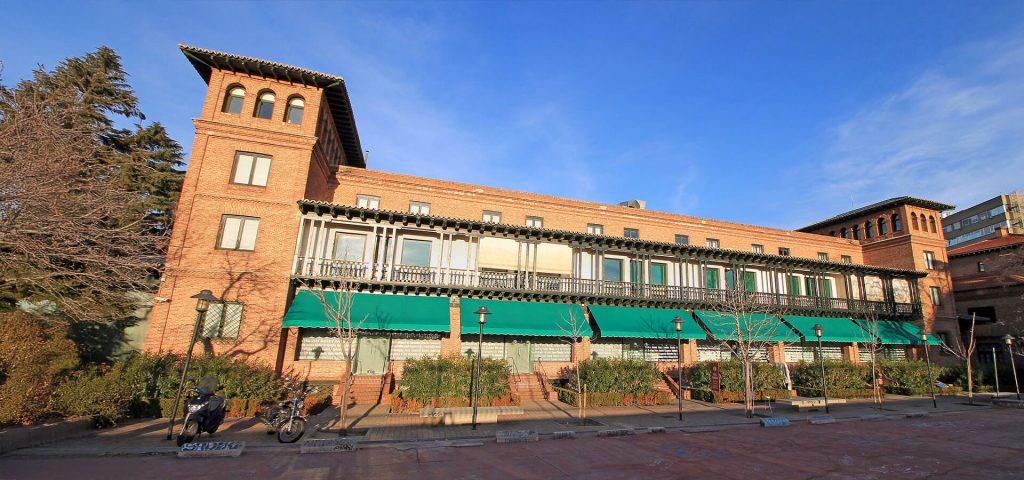
The Residencia de Estudiantes in Madrid is an iconic space that served as a cultural and intellectual epicenter in early 20th-century Spain. It was home to and a creative hub for key figures such as Federico García Lorca, Salvador Dalí, and Luis Buñuel, leading voices of Spain’s celebrated “Silver Age.” A visit to the Residencia offers the chance to immerse yourself in the very place where major artistic and literary movements that shaped Spanish modernity were born.
For those interested in history and the arts, the Residencia provides a unique opportunity to connect with an intellectual and creative legacy that continues to inspire today—preserving the spirit of innovation and cultural dialogue that defined a pivotal era.
CA2M AND LA NEOMÚDEJAR
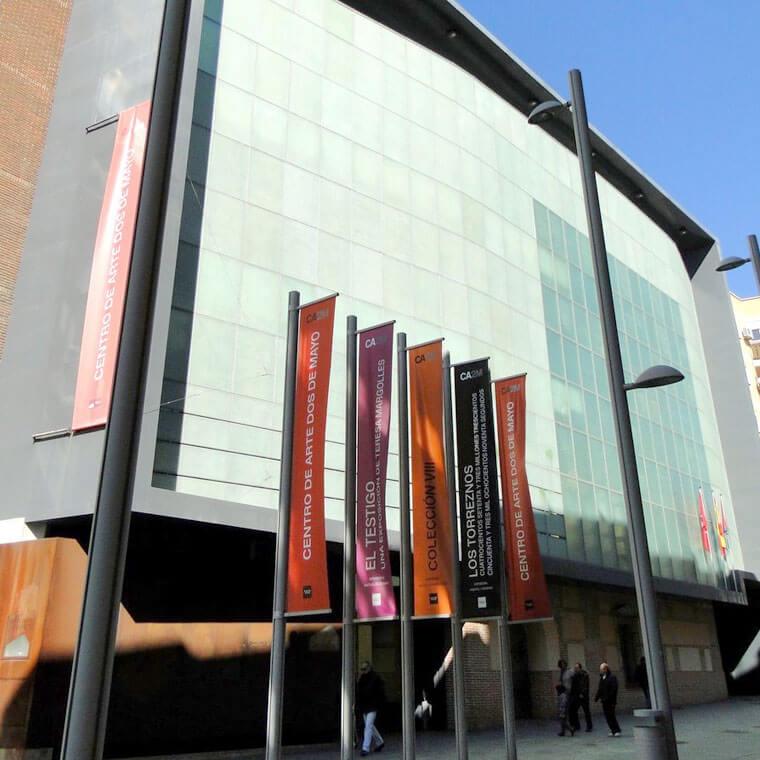
CC BY-ND 2.0
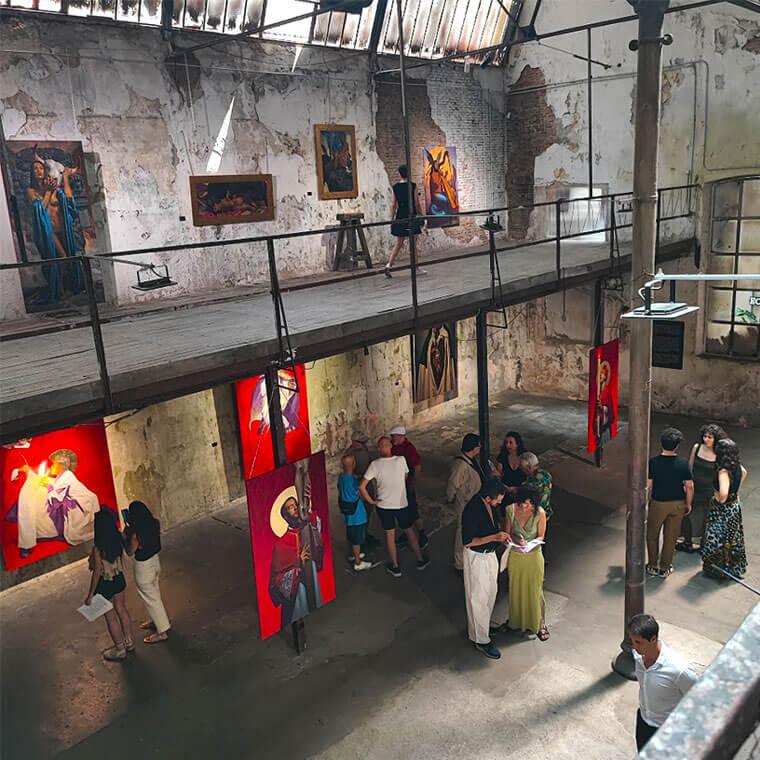
Contemporary museums in Madrid, such as the Centro de Arte Dos de Mayo (CA2M) in Móstoles and La Neomudéjar near Atocha, are essential spaces for understanding the evolution and diversity of today’s art.
CA2M, the only museum in the Madrid region dedicated exclusively to contemporary art, stands out for its broad collection—ranging from painting and sculpture to video art and new technologies. It also actively encourages public engagement through workshops and participatory programs.
La Neomudéjar, housed in a former railway warehouse, has become a key space for artistic experimentation. It places particular emphasis on video art, urban art, and collaboration with emerging collectives.
Together, these museums reflect the cultural dynamism of Madrid, offering art enthusiasts a critical and current perspective on contemporary artistic trends and their historical context.
ZONA DE MATADERO
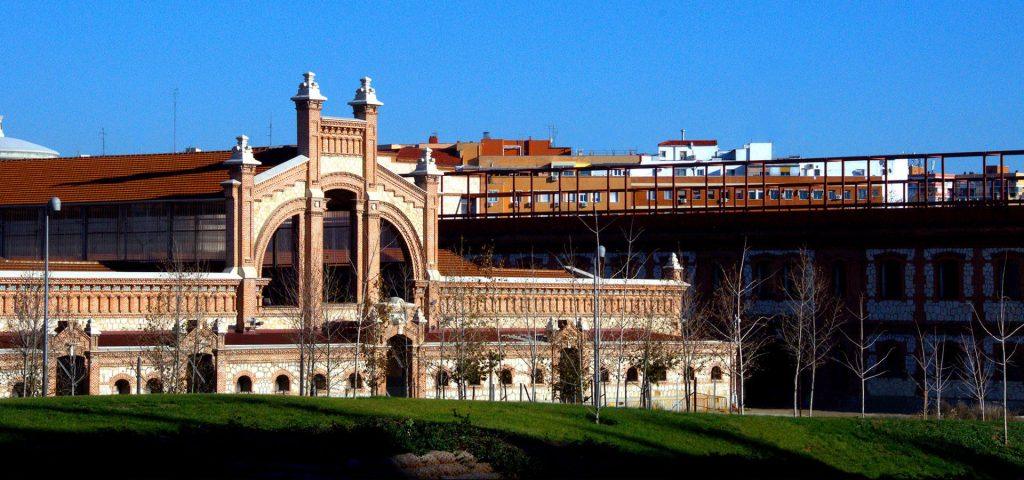
The former industrial area of Matadero, located in Madrid’s Arganzuela district, is a site of great historical value that reflects the city’s urban and social transformation. Originally opened in the early 20th century as Madrid’s main slaughterhouse and livestock market, the complex played a key role in the capital’s economic and food supply development. After its closure as an industrial facility, the area was revitalized and reinvented as a cultural and artistic center—preserving its original industrial architecture.
Very close to Matadero is La Colonia del Pañuelo, a residential complex built in the late 19th century to house workers from the slaughterhouse and nearby industries. This working-class neighborhood is a notable example of Madrid’s industrial urbanism and reflects the living conditions and social organization of the laboring classes at the time.
Complementing these spaces is the Invernadero de Arganzuela, a modern urban greenhouse with a striking metal structure, which adds a green and contemporary contrast that enriches the character of the surrounding area.
